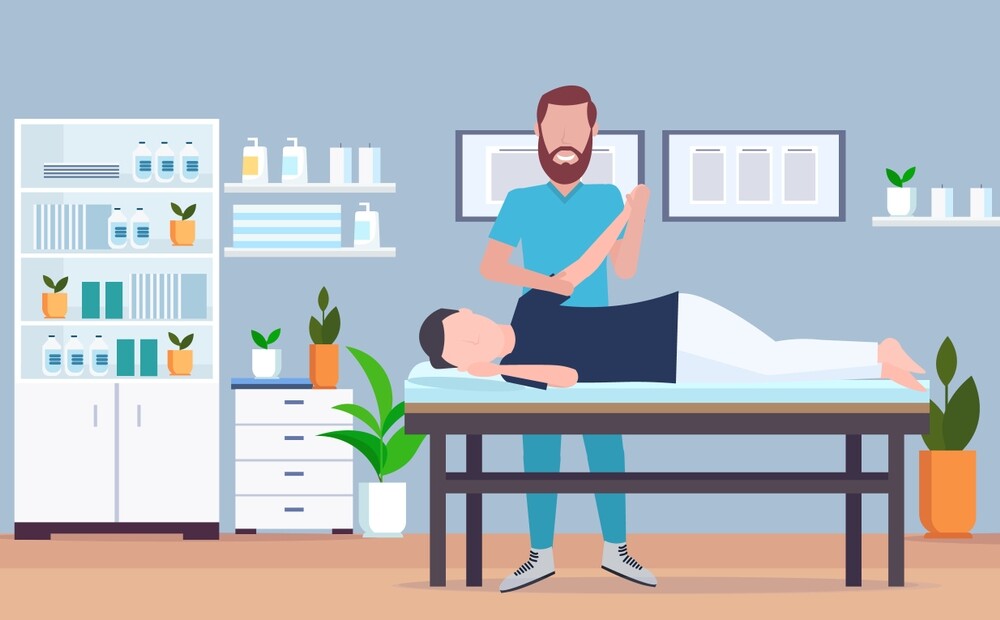Osteopathy is a manual therapy for the diagnosis and treatment of functional disorders. The aim is to maintain the movement and mobility of the tissues in the entire organism.
Osteopathy: What is it actually?
Osteopathy (Greek “osteo” = bone, “pathos” = suffering), developed at the end of the 19th century by the American Andrew Taylor Still, is a holistic and manual therapy for the diagnosis and treatment of functional disorders. The aim is to maintain the movement and mobility of the tissues in the entire organism.
Osteopathy assumes that the body coordinates all vital functions in constant interaction. If individual body structures are restricted in their ability to move, this impairs their healthy function. If the organism can no longer regulate this sufficiently, the person becomes ill.
The osteopath can feel the human tissue layer by layer. By “listening in”, he detects and treats patterns of tension and movement restrictions. New methods such as craniosacral therapy and ortho-bionomy have developed from osteopathy.
Which methods are used in osteopathy?
After a detailed anamnesis discussion, the three systems of the body are worked on with the hands only: – the parietal system (support system – bones, muscles, joints, tendons, ligaments) – the craniosacral system (skull, brain, nervous system, spinal cord, cerebrospinal fluid, sacrum) – the visceral system (internal organs, blood, lymphatic and nervous system)
Special techniques are used, e.g. to release false tensions in muscles and connective tissue, to improve the tissue metabolism and to harmonize the body’s own rhythms.
For which complaints is osteopathy useful?
Osteopathy achieves good treatment results for back, neck and headaches, migraines, joint problems, lumbago, sprains and the consequences of injuries, digestive problems, bladder weakness, and hormonal disorders, menstrual and menopausal problems, circulatory and sleeping disorders, nervousness, tinnitus; for babies after birth; for children with developmental and behavioural disorders (screaming children) and colic.
How well is osteopathy scientifically proven?
Osteopathy is an empirical medicine that can hardly be measured by scientific studies. However, orthodox medicine has an increasingly positive attitude towards osteopathy and sees it as a useful supplement.
What are the limitations of osteopathy?
Osteopathy can only help if the structures of the body are still intact to the extent that regeneration is possible. Do not use in cases of acute inflammation and accidents, tumour diseases, severe osteoporosis and psychiatric illnesses.
There are hardly any side effects; A short-term worsening of pain, fatigue and drowsiness are possible (be careful when driving!). It is important to have a thorough diagnosis before treatment (possibly X-rays), especially before manipulating the cervical spine (there is a risk to the artery).
For whom is osteopathy suitable?
Osteopathy is suitable for anyone who is willing to engage in physical contact with a therapist of their choice. Willingness to cooperate in the therapy is necessary.
What does the treatment cost?
Depending on the professional qualification of the practitioner (physician, alternative practitioner, physiotherapist), the costs for an osteopathic treatment are between 50 and 110 Euros for a session of about 45 minutes. Doctors and alternative practitioners charge according to the respective fee schedules.

